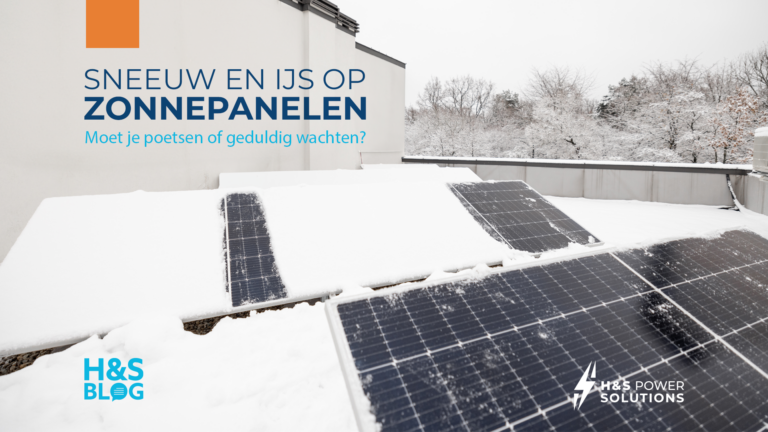The sun makes us all happier, but solar panel owners will be just that little bit happier. More sun, of course, means more kWh of solar energy and thus more efficiency. Many people still hesitate about a solar installation because of the often gray and rainy days in Belgium. But exactly how many hours of sunshine are there and do solar panels pay off even in winter months? Below we answer all your solar questions.
Spring and summer
Annually in Uccle (the Belgian reference point for temperature measurements) we get between 1500 hours and 2000 hours of sunshine per year. You probably won’t be surprised to learn that March through September are the peak months for solar panel owners. Then the sun comes through longer and there are fewer clouds, resulting in much longer sunshine hours compared to fall and winter months. That also means that in those months your solar panels can also produce much more energy for you.
The difference in sunshine hours between spring and summer months is not significant. Sometimes spring months score even better than summer months in terms of sunshine hours, but usually the summer months offer just a little more sunlight. On average, there are about 200 hours per month in spring and summer where the sun shines.
- The most hours of sunshine in spring/summer was measured in August 2022 and amounted to 264 hours of sunshine
- The lowest sunshine hours in summer and spring were 113 hours in April 2012
Tip: On the links below you can see graphs of average sunshine hours
Link 1 RMI: RMI – Climate Normals at Uccle (meteo.be)
Link 2 Frank Deboosere Spring Averages: Frank Deboosere – Climate Uccle Spring
Link 3: Frank Deboosere Summer Averages: Frank Deboosere – Uccle summer climate.
Autumn and winter
The fewest hours of sunshine are measured in the month of December and January. It makes sense, because that’s when it gets dark early, there are usually lots of clouds and we have freezing temperatures. That also means your solar panels are going to be able to produce less in those months.
The difference in sunshine hours between fall and winter months is, however, significant. Fall months offer double the sunshine hours than winter months. So in the winter, you’re going to have to take more energy from the grid, since we have between 30 and 50 hours of sunshine per month on average. Also, the sun is much weaker in winter months, which also impacts your solar energy.
In the fall months, October does quite well, where we have an average of 116 hours of sunshine in that month. Starting in November, sunshine hours do begin to level off.
- The highest number of sunshine hours in fall or winter was 177 hours in October 2018
- The lowest number of sunshine hours was only 10 hours in December 2017
Link 1 RMI: RMI – Climate Normals at Uccle (meteo.be)
Link 2: Frank Deboosere Autumn Averages: Frank Deboosere – Uccle autumn climate.
Link 3: Frank Deboosere Winter Averages: Frank Deboosere – Uccle winter climate.
Solar power in winter
We hear you thinking: do solar panels generate enough power in the winter? Of course, energy production will be less than in spring or summer months. But that doesn’t mean at all that your solar panels won’t contribute anything. To visualize it, weatherman Frank Deboosere tracked how many kWh his solar panels generated every day on his website from 2009 to 2019. You can very easily move your mouse over the graph and see how much energy his solar installation generated on that day. From his data, we can see that on some winter days the generation was high and on other winter days the generation was on the lower side. The diary of his solar panels can be found on his website.
The limited number of hours of sunshine in Flanders is one of the barriers that deter families from having solar panels installed. In the spring and summer, your solar panels perform optimally. But even in winter months, there are days when your solar panels will produce well.
- In Belgium, we average between 1500 hours and 2000 hours of sunshine per year
- The spring and summer months offer the most sunlight, which means your solar panels are also going to yield the most in those months
- Fall and winter months produce less sunshine, which means you have to buy more electricity from your energy supplier
- Frank Deboosere’s website gives you insight into the energy production of his solar installation. From 2009 to 2019 you can see per day how much energy his solar panels have generated




